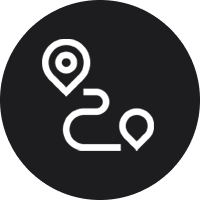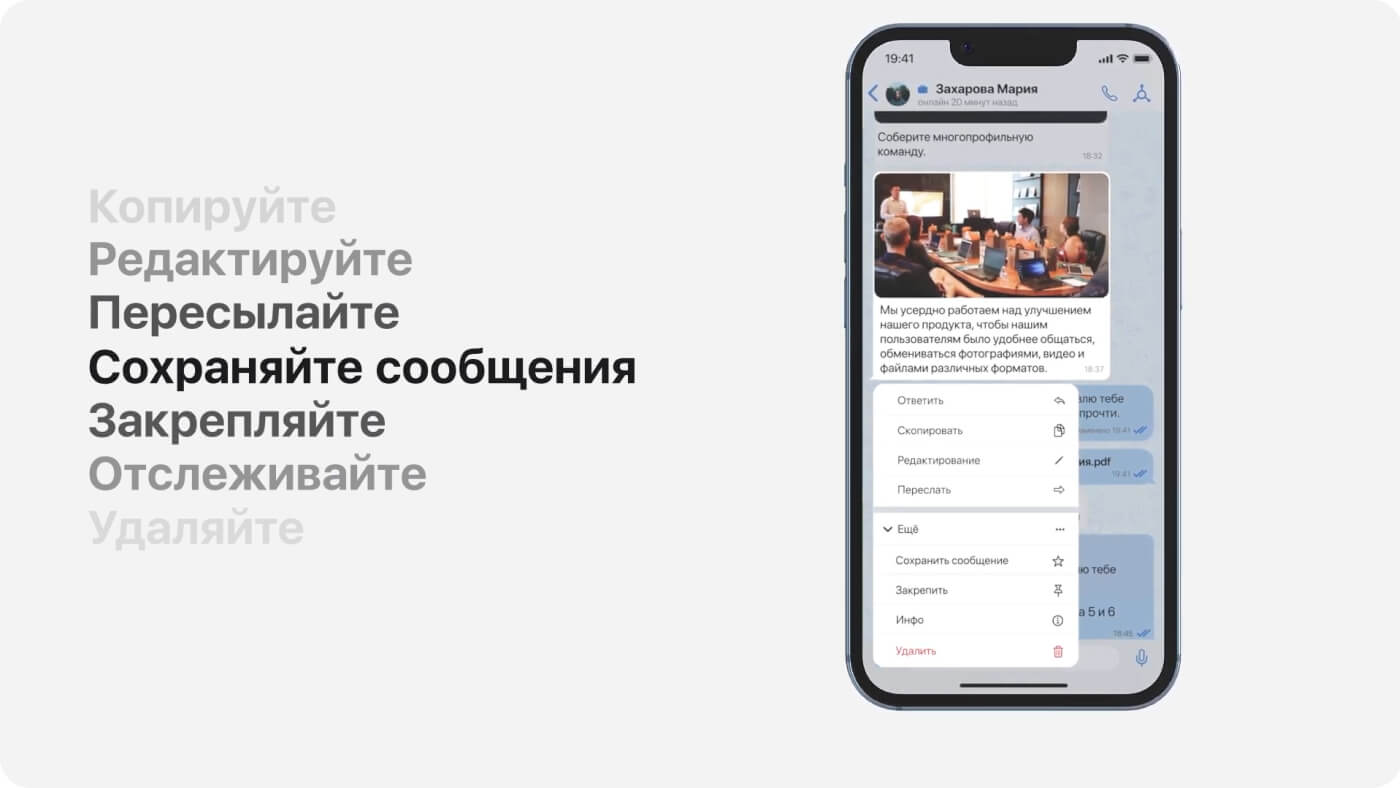In this case study we will share how we managed to build a unified communication system at a transportation company (a leading supplier of freight forwarding services) and ensure seamless processes between geographically remote units.
About the project
We partnered with one of Russia’s top providers of freight forwarding services. Its focus is the organization of multimodal transportation of valuables (precious metals and stones, banknotes, coins, and jewelry).
The company used to build its communication with the help of corporate email and public messengers. Its document flow was managed via emails, whereas operational issues were addressed using Telegram or Microsoft Teams. That fragmentation of communication platforms caused difficulties with their combination and affected the speed and efficiency of communication
What were our objectives and tasks?
The goal of the project was to achieve fast and efficient communication within the company, its branches, and individual units, as well as with external partners and counterparties. Important requirements included implementing a highly secure service and replacing unreliable western alternatives.
We set ourselves the following tactical tasks to implement the project:
- To reduce the risks of leaks of confidential information via public messengers;
- To improve the mobility of company employees;
- To increase the speed of communication (responses to messages), and consequently, the speed of decision-making.
How was the project implemented?
The launch process can be divided into 3 main parts:
- Pilot implementation
- Testing
- Production operation
During the pilot phase, eXpress specialists were responsible for connecting customer to the platform. The partner’s IT department and information security service were involved in the launch. They were responsible for assigning server capacity, opening the network, and preparing their infrastructure for deployment.
The communication system took only 3 months to be tested. During that time, no serious failures or bugs were detected. After that, the pilot was upgraded to the release version.
Implementation outcomes
All the customer’s employees are now connected to eXpress. We managed to resolve the problem of fragmented communication channels both within the company and externally. Users can now benefit from messaging, voice calls, videoconferencing, as well as file transfers on a single platform.
Messaging and file exchange are the most frequently used features. These are standard features that simplify the work process.
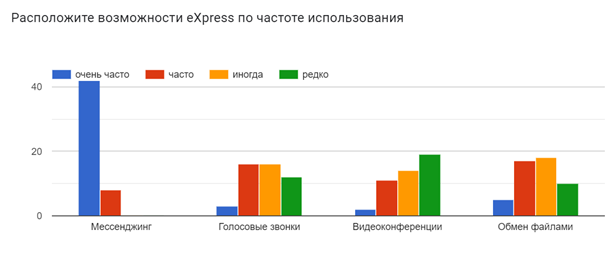
According to a survey of eXpress users, the speed of communication has markedly increased, and so has the speed of decision making.
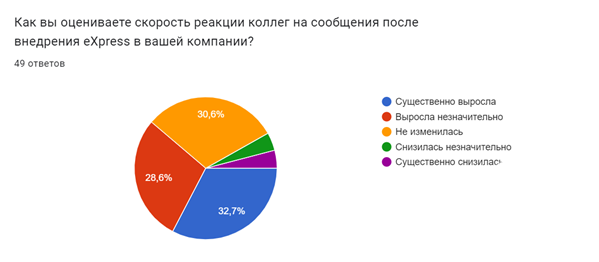
The corporate messenger has become a simple and familiar solution for employees. Users appreciated its convenience, functionality, stability and security of messaging and document exchange.
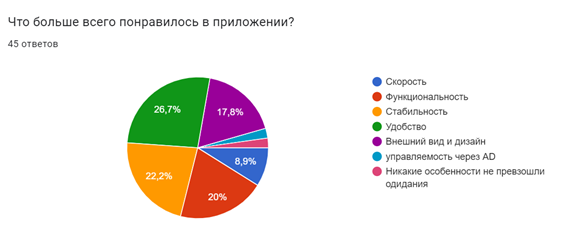
The company is planning to focus on the following avenues:
- Increasing its employees’ mobility
- Using chatbots for interacting with customers’ information systems
- Expanding videoconferencing capabilities
